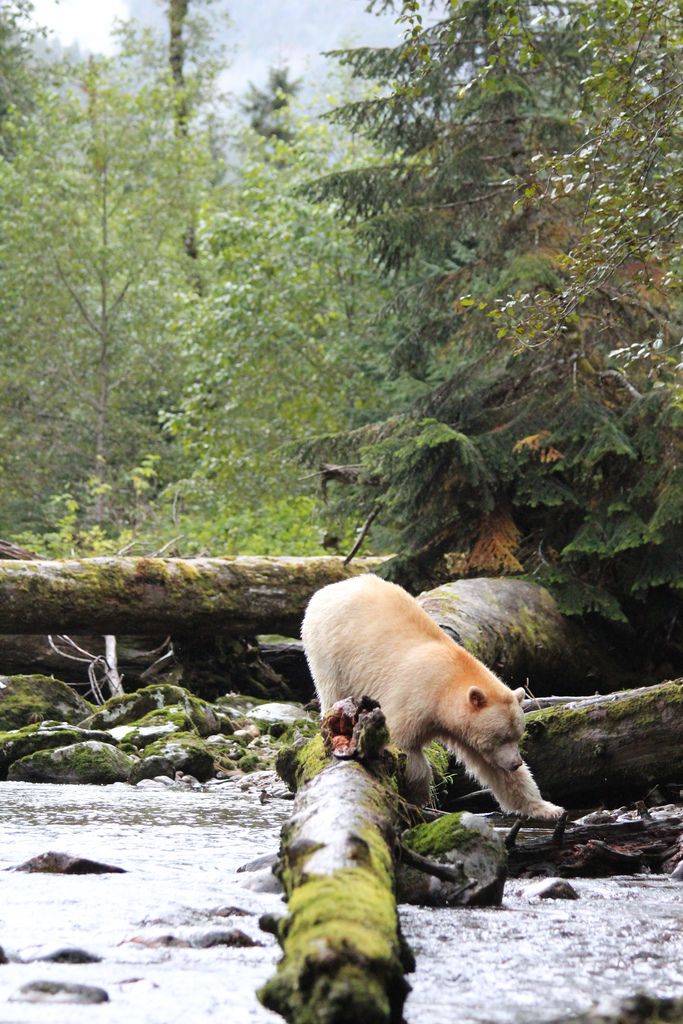Dear Integral Meditators,
Want to know how you can go about systematically developing and increasing your inner strength? The article below considers eight ways!
In the spirit of inner strength,
Toby

Increasing to Your Inner Strength – Eight Ways
Below are eight aspects of inner strength that we all have to a greater or lesser degree, and we can all develop more of through mindful intention. If you like you can pick the one that resonates most for you from the list below and focus on developing it specifically each day in your life for one week. If you enjoy that, then you can pick another and do the same. Do one week for each point below and you have your own two month course on developing your inner strength right there!
1. The strength of relaxation and regeneration – Regularly ensure that you are connecting to your own experience of relaxation and your sources of regeneration. Then no matter how busy life gets you will find yourself able to cope with what arises; you will be able to ‘bend but not break’ as the saying goes. That strength comes from relaxation is a very deep lesson for us all.
2. The strength of intention and clarity – Why are you doing what you are doing? What motivates you in life? What is the most meaningful use to which you can put your time today? The greater the clarity of the ‘whats’ and ‘whys’ you have in your life, the more solid and resilient you mind will be.
3. The strength of willpower and focus – Place your mind on one thing at a time and get it done, then focus on the next thing and do the same, rest where necessary, keep your eye on the prize.
These first three inner strengths are a bit of a holy trinity; the more you integrate them together the more they support each other
4. The strength of economy and pacing – Don’t use more energy than you need to to get things done. Select the right ‘speed’ at which to do any given task. Sometimes going fast is required, other times going slowly is better. Mindfully develop the skill of how to do more with less.
5. The strength of feeling supported – We are all supported and loved by our close family and friends. If you make the effort to KNOW that every day and receive their energy and support (without shifting responsibility to them, your life is your responsibility) then we will feel inwardly stronger and (ironically) more autonomous.
6. The strength of being connected and fed by the limitless – Go to that place within you that is beyond your mind, beyond the thinking state; allow its limitless energy to feed your body, mind and heart. This is the ‘meditation’ aspect of point 1 above.
7. The strength of leveraging on the strengths that you have already – In your life you have already developed inner strengths, resilience and capabilities; what are they? Make a list of them and leverage on these already present inner strengths each day. Often you don’t have to re-invent the wheel; you just need to remember what you are capable of.
8. The strength of creativity and imagination – When you are in a place where you have tried everything you know and you are at the limits of your inner resources, then sometimes you have to imagine your way out, learn to do something that we have never done before. Sometimes what the capable, rational adult in us cannot figure out the playful child can! For best results let the playful child and the rational adult within you get together each day, compare notes and support each other.
A final aspect of inner strength no.8; what symbols, images, figures and metaphors come to mind when you think about the words ‘inner strength’? A picture speaks a thousand words!
© Toby Ouvry 2015, you are welcome to use or share this article, but please cite Toby as the source and include reference to his website www.tobyouvry.com
Upcoming Courses at Integral Meditation Asia 1st July-1st August:
Saturday 18th July, 2.30-5.30 pm – Mindful Resilience – Sustaining effectiveness, happiness and clarity under pressure through meditation and mindfulness – A Three Hour Workshop
Wenesday July 22nd 7.30-9pm – Integral Meditation Session @ Basic Essence – Meditating with your inner strength of heart & mind
Wednesday July 29th 7.30-9pm – Integral Meditation Session @ Basic Essence – Meditation for connecting to a positive attitude
Saturday 1st August, 9.30am-12.30pm – Finding Simplicity in the Complexity: An Introduction to Meditation From the Perspective of Zen
Saturday 1st August, 2.30-5.30pm – Meditations for Developing the Language of Your Shadow Self – A Three Hour Workshop
Friday 14th August, 7.30-9pm – Integral Meditation Session @ the Reiki Centre
Integral Meditation Asia









